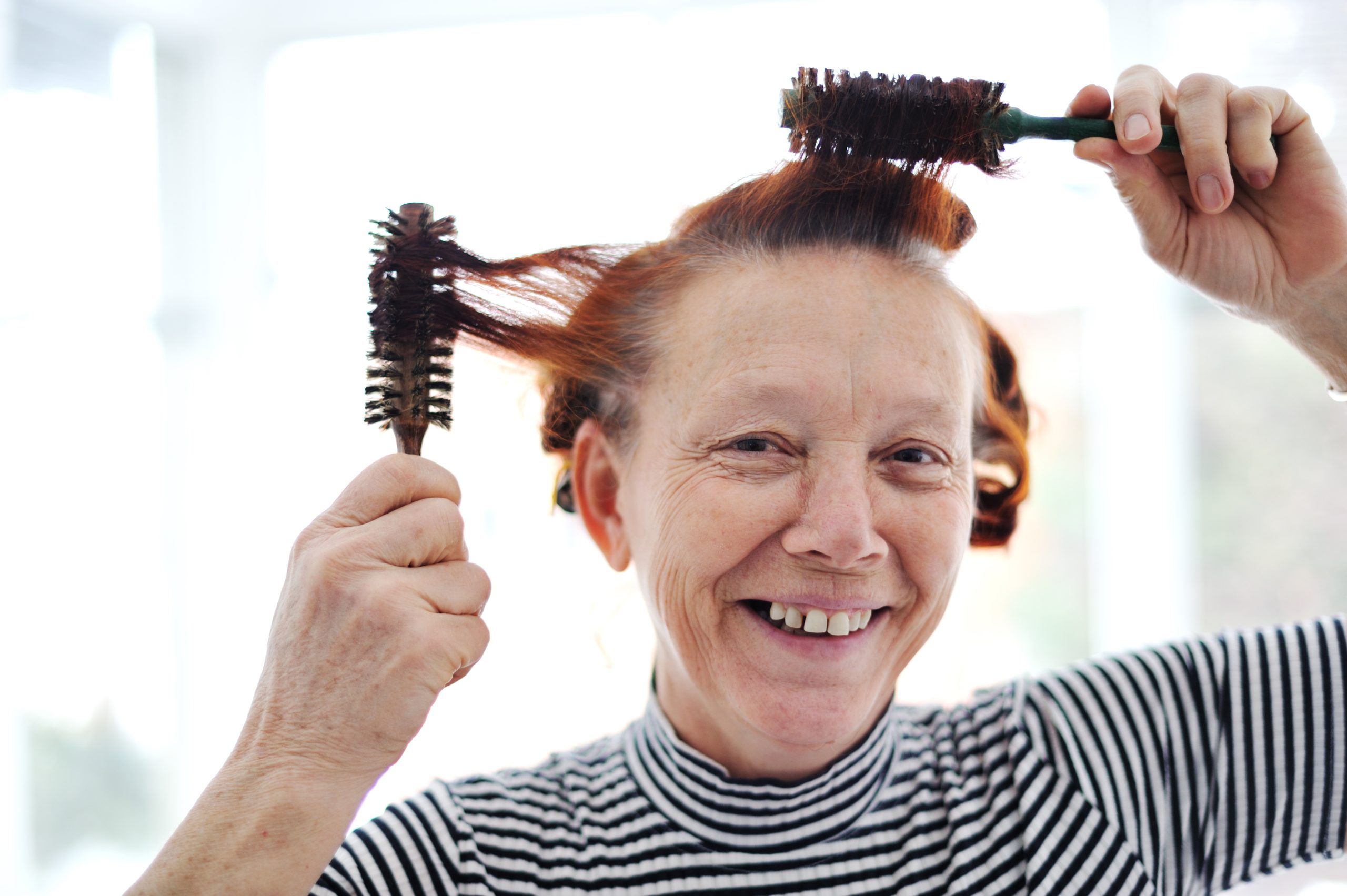Are you tired of spending hours in front of the mirror, trying to tame your unruly natural hair? Do you long for luscious locks that are easy to manage and look stunning? If so, then it’s time to embrace the beauty of natural hair care. In this article, we will cover everything you need to know about caring for your natural hair, from tips on how to maintain healthy tresses to advice on styling your mane with ease.
Introduction to Natural Hair Care
The first step towards achieving beautiful natural hair is understanding its unique needs. Unlike chemically treated or straightened hair, natural hair requires a different approach when it comes to maintenance. It tends to be drier and more prone to breakage, which means that extra care must be taken to keep it healthy and strong. Luckily, there are plenty of simple steps you can take to ensure that your natural hair looks its best.

Types of Hairstyles for Natural Hair
One of the great things about natural hair is that it offers endless possibilities when it comes to hairstyles. From braids to buns, curls to coils, there are countless ways to style your natural hair. Some popular options include:
Braids – Whether you prefer cornrows, box braids, or fishtail braids, adding some braided magic to your natural hair can help create a sleek and polished look.
Buns – A classic updo never goes out of style! Adding a bun to your natural hair can be both elegant and effortless.
Curls – Curly hair has a natural texture that can add volume and body to any hairdo. To enhance your curls, try using a curling wand or diffuser.
How to Maintain Healthy Natural Hair
Maintaining healthy natural hair starts with proper cleansing and conditioning. Here are some tips on keeping your locks looking their best:
Wash your hair regularly – Depending on your hair type, you may need to wash your hair every week or two. Be sure to use a gentle shampoo that won’t strip away essential oils.
Condition frequently – Conditioner helps to moisturize dry hair and prevent breakage. Look for products that contain ingredients like shea butter or argan oil.
Use heat protectants – Heat tools such as flat irons and blowdryers can cause damage to your hair over time. Protect your strands by using a heat protectant before styling.
Trim regularly – Regular trimming can help remove split ends and promote healthy growth. Ask your stylist to give you a trim every six months or so.
The Best Products for Your Natural Hair
Finding the right products for your natural hair can feel like a daunting task, especially if you have sensitive skin or allergies. Here are some product recommendations to get started:
Shampoos and conditioners – Try brands like Shea Moisture, Olaplex, or Carol’s Daughter for hydrating shampoos and conditioners.
Leave-in conditioners – For added moisture, consider using a leave-in conditioner like EcoStyler or Mixed Chicks.
Stylers – If you want to define your curls or add some hold to your hair, try using a gel or creme like DevaCurl or KinkyCurly.
Tips and Tricks for Styling Natural Hair
There are many ways to style your natural hair, depending on your personal preference and lifestyle. Here are some tips and tricks to make styling easier:
Air dry whenever possible – Using a blowdryer too often can cause frizz and dryness. Instead, let your hair air dry naturally.
Sleep with a satin scarf – Wearing a satin scarf while you sleep can help reduce friction and minimize tangles.
Use a wide-tooth comb – Combing your hair gently with a wide-toothed comb can help detangle without causing damage.
Common Mistakes People Make When Caring for Their Natural Hair

It’s common to make mistakes when caring for your natural hair, especially if you’re new to the world of natural hair care. Here are some common pitfalls to avoid:
Overwashing – Washing your hair too much can strip away essential oils and cause dryness. Try to limit yourself to once or twice per week.
Not deep conditioning enough – Deep conditioning is crucial for repairing damaged hair and promoting growth. Aim to do a deep treatment at least once per month.
Using harsh chemicals – Harsh chemicals such as relaxers or bleach can cause irreversible damage to your hair. Consider opting for gentler treatments instead.
A Guide to Different Textures of Natural Hair
Understanding the different textures of natural hair can help you choose the right products and styles for your specific needs. Here are some examples of common hair types:
Type 1 – Straight hair with little to no curl pattern. This hair type is typically easy to manage and doesn’t require much maintenance.
Type 2 – Wavy hair with a slight curl pattern. This hair type can be difficult to control and may benefit from additional moisture.
Type 3 – Curly hair with a defined curl pattern. This hair type tends to be very dry and may require frequent deep conditioning.
Type 4 – Coiled hair with a tight curl pattern. This hair type is highly fragile and requires specialized care.
Q&A: Frequently Asked Questions About Natural Hair Care
Here are answers to some commonly asked questions about natural hair care:
Q: What should I do if my natural hair feels brittle and breaks easily?
A: If your natural hair feels brittle and breaks easily, it could be due to dehydration or lack of protein. Try incorporating more moisturizing and protein-rich products into your routine, such as a strengthening mask or a protein treatment. Additionally, consider reducing the amount of heat exposure your hair receives, as well as getting regular trims to remove split ends.







